Red Dawn painted a dramatic picture of survival during an invasion. As a prepper, watching movies like this makes me think about what could actually happen—and what mistakes we should avoid. While it’s a work of fiction, the movie captures certain survival truths and strategies that are realistic and worth considering. But, it also falls short in a few areas. Let’s go over the lessons this iconic movie got right and the ones we shouldn’t follow.
1. Bugging Out to the Wilderness

In Red Dawn, the teens quickly leave their town and head for the mountains when their town is overrun by enemy forces. This concept of “bugging out” is a sound strategy. When a situation becomes too dangerous to stay, having a bug-out plan and a safe location, especially one that’s remote and hard to access, can mean the difference between life and death. Knowing the terrain also plays a crucial role, as it did for the Wolverines.
2. Building Group Unity and Teamwork

One of the key things Red Dawn highlights is the power of group unity. The teens formed a group, the Wolverines, and learned to rely on each other. In a survival scenario, having a trustworthy group where each person contributes their skills—whether it’s hunting, first aid, or strategy—is invaluable. No one survives alone for long, and strong teamwork is essential for maintaining morale and sharing tasks.
3. Knowledge of Terrain and Surroundings
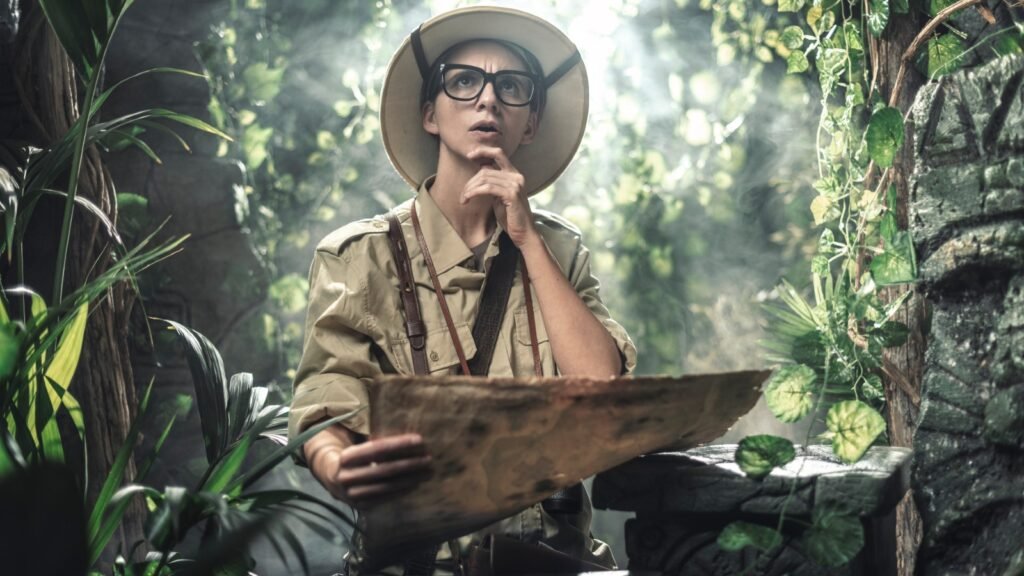
The Wolverines’ knowledge of the local terrain gave them a significant edge. They knew the mountains, the forests, and where to find shelter. In real life, having a deep understanding of your environment can provide safety, whether it’s knowing where to hide, where to find resources, or simply understanding weather patterns. Preppers should always be familiar with their surroundings or at least have reliable maps on hand.
4. Hunting and Foraging for Food
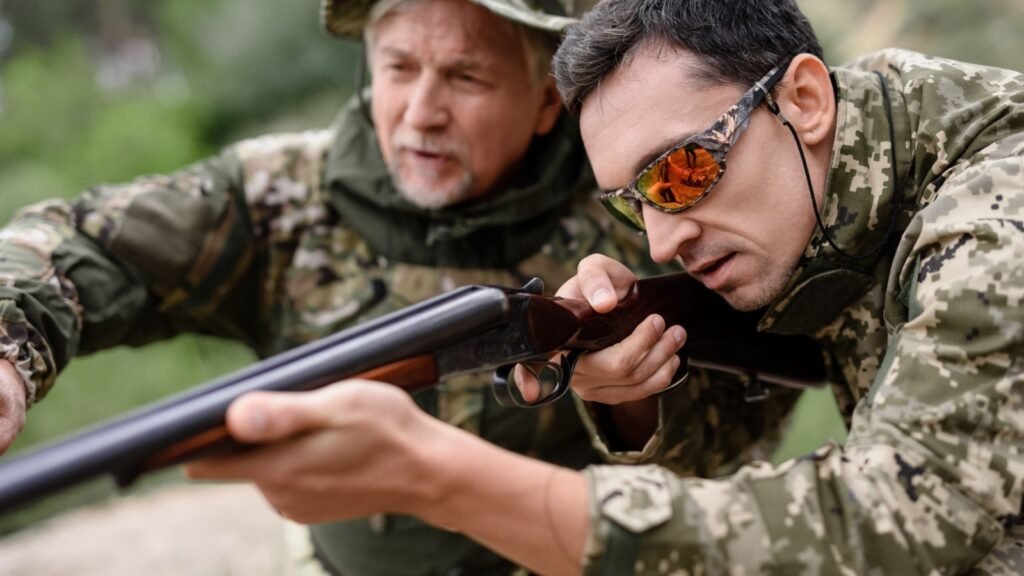
In the wilderness, the Wolverines resort to hunting deer and gathering food from the land. This is a realistic approach to survival. Having the skills to hunt, trap, fish, and forage is essential in a long-term crisis situation. Nature provides food, but it takes knowledge and practice to safely gather and prepare it, especially in areas that might not seem bountiful.
5. Psychological Resilience and Adaptation

Surviving isn’t just about food and water; it’s about mindset. The characters in Red Dawn show an incredible amount of mental toughness as they adapt to the invasion. Psychological resilience is often overlooked in survival plans, but it’s key. Being able to handle stress, fear, and uncertainty will keep you alive when the situation gets tough. Preparing mentally is as important as any gear you have.
6. Improvising with Limited Supplies

When you’re out in the wilderness, supplies are going to run low, and you won’t have access to modern conveniences. The Wolverines made do with what they had, improvising weapons and using available resources for their advantage. In a survival situation, creative problem-solving and resourcefulness are crucial skills. Knowing how to make the most of limited gear could save your life.
7. Guerilla Warfare Tactics

The Wolverines’ use of guerilla warfare—small, quick attacks to harass the enemy—was highly effective. In any kind of conflict, especially when facing a much larger force, these kinds of tactics can allow a smaller group to survive longer and do more damage. Historically, guerilla warfare has proven successful in real conflicts, making it a valuable lesson for those thinking about self-defense in a survival situation.
8. Importance of Communication and Signaling

Although not heavily featured, the movie does show the Wolverines using basic forms of communication and signaling. In a survival scenario, this is critical. Whether you’re trying to signal allies or avoid detection by enemies, understanding how to use light, sound, or even smoke for communication is a must. In today’s world, having backup communication tools like radios or signal mirrors is vital.
9. Camouflage and Staying Hidden
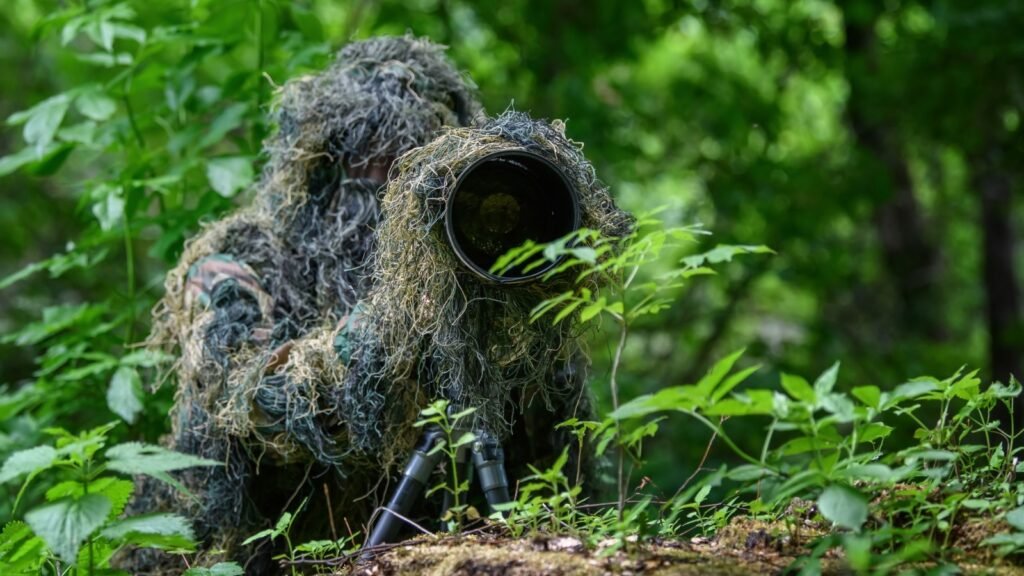
The Wolverines often used natural cover and camouflage to stay hidden from the enemy. This is a key survival tactic. Blending in with your environment can make you practically invisible and help you avoid confrontations you can’t win. Whether it’s wearing natural-colored clothing or using foliage, the concept of staying low and out of sight is essential in any hostile environment.
10. First Aid Skills in the Field

In Red Dawn, the group had to deal with injuries on their own, showing basic first aid in action. This is a very real aspect of survival. Knowing how to treat wounds, infections, and other medical issues without professional help is something every prepper needs to learn. A well-stocked first aid kit and the knowledge to use it can prevent minor injuries from becoming fatal.
Now let’s talk about what they got wrong.
1. Overly Simplified Logistics

While the Wolverines’ ability to survive in the wild was impressive, the logistics of how they got enough food, water, and supplies is not well explained. In reality, surviving for months in the wilderness requires constant resupply, a variety of food sources, and water purification methods. The movie skips over the hard part of survival: the grind of gathering, storing, and rationing food, which is crucial in a long-term scenario.
2. Lack of Proper Shelter

Although the group hid in the mountains, the film doesn’t show them building adequate shelter. Surviving in the wilderness isn’t just about staying hidden; it’s about staying warm, dry, and protected from the elements. Proper shelter-building is an absolute necessity, especially in harsh climates, and this is something the movie didn’t focus on enough.
3. Unrealistic Depiction of Weapon Maintenance

The Wolverines used a variety of firearms, but the movie didn’t show much about how they maintained their weapons. In a survival situation, gun maintenance is vital. Firearms need regular cleaning and care, especially when used frequently or exposed to the elements. Red Dawn glossed over this important aspect of weapon care, which could lead to critical failures in real life.
4. Minimal Focus on Hygiene and Sanitation
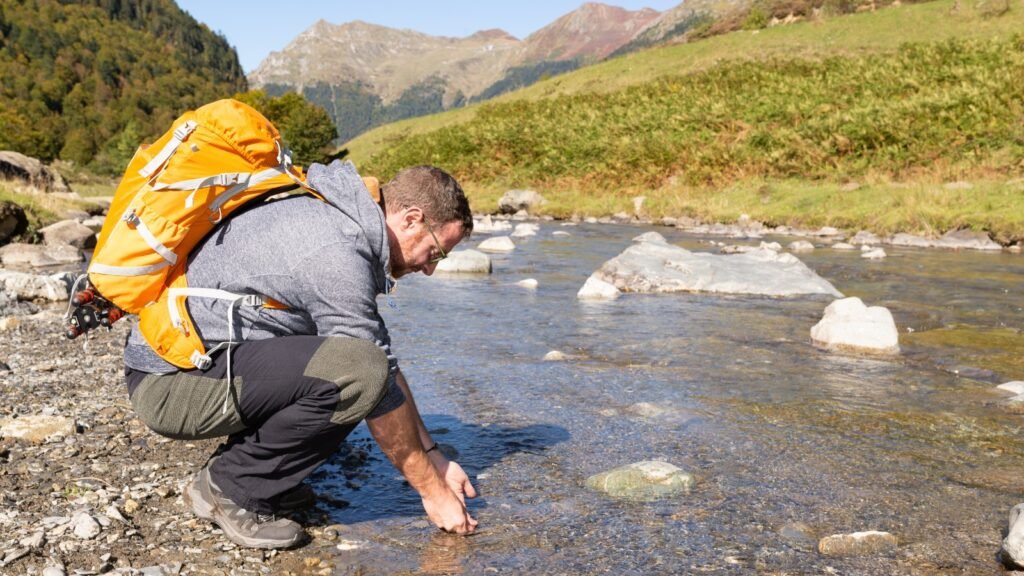
In survival situations, maintaining hygiene can make the difference between life and death, as disease can spread quickly in unsanitary conditions. Red Dawn overlooks this issue entirely. The movie doesn’t address how the group managed hygiene or dealt with waste, both of which are critical survival concerns.
5. Unrealistic Emotional Reactions
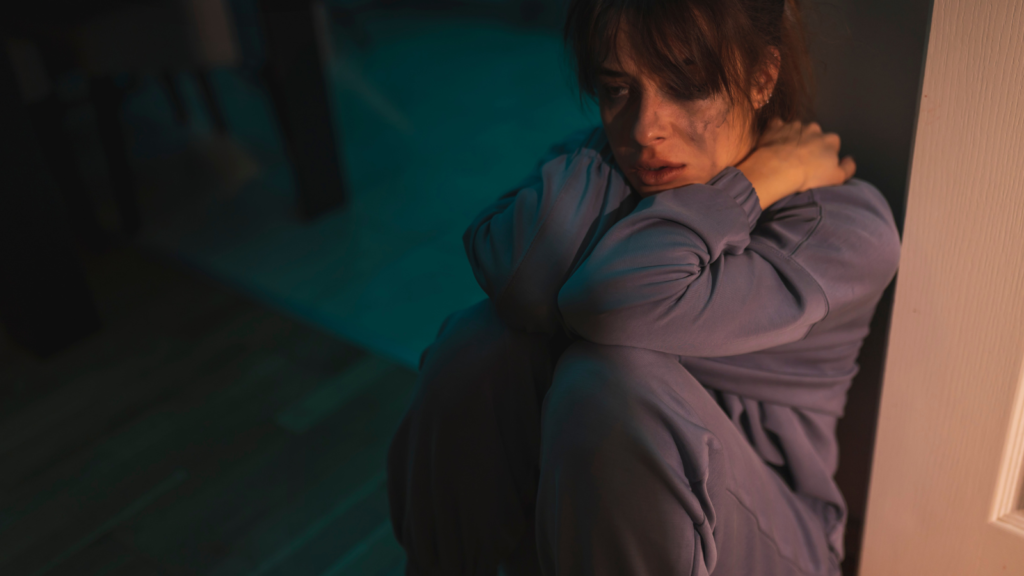
While the Wolverines displayed resilience, their emotional reactions seemed overly stoic. In reality, people in survival scenarios face emotional breakdowns, grief, and trauma, which can affect decision-making. The movie portrayed the group as adapting a bit too quickly to the harsh realities of war and survival, while most people would struggle more with the emotional toll.

